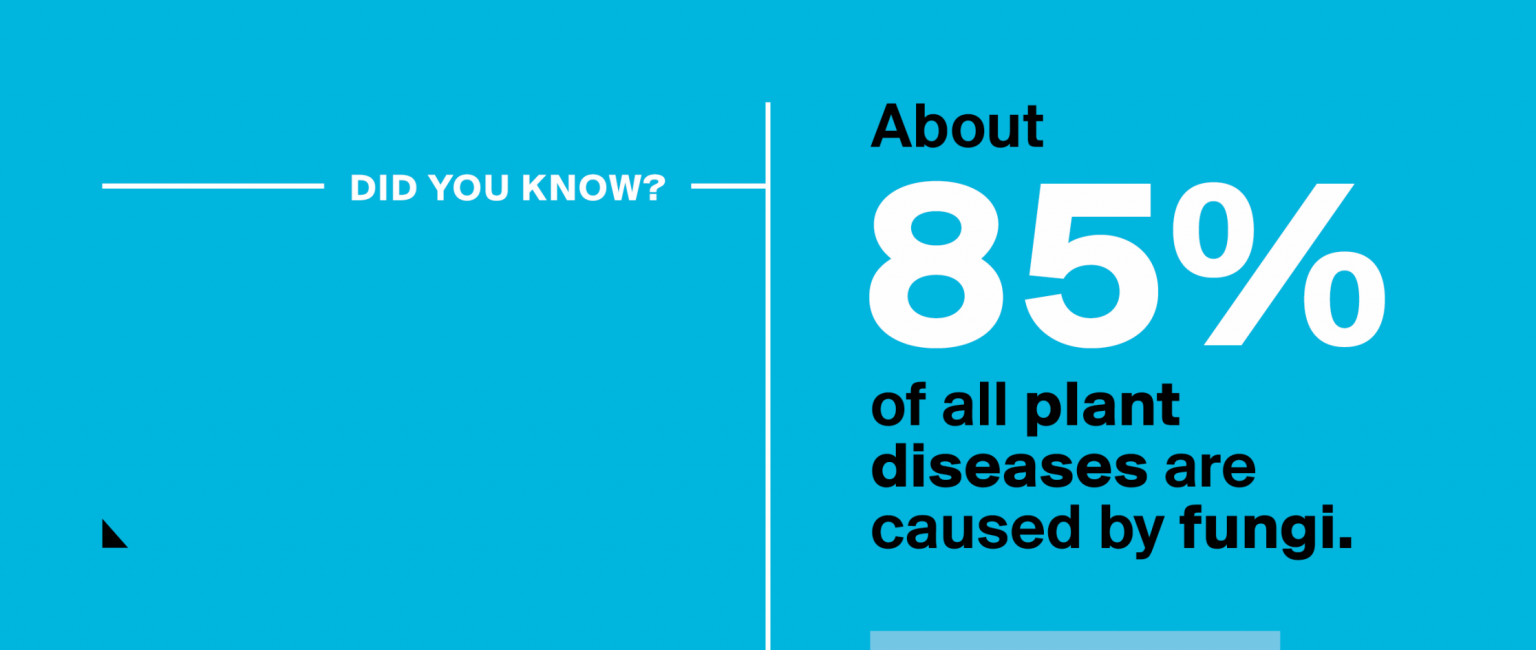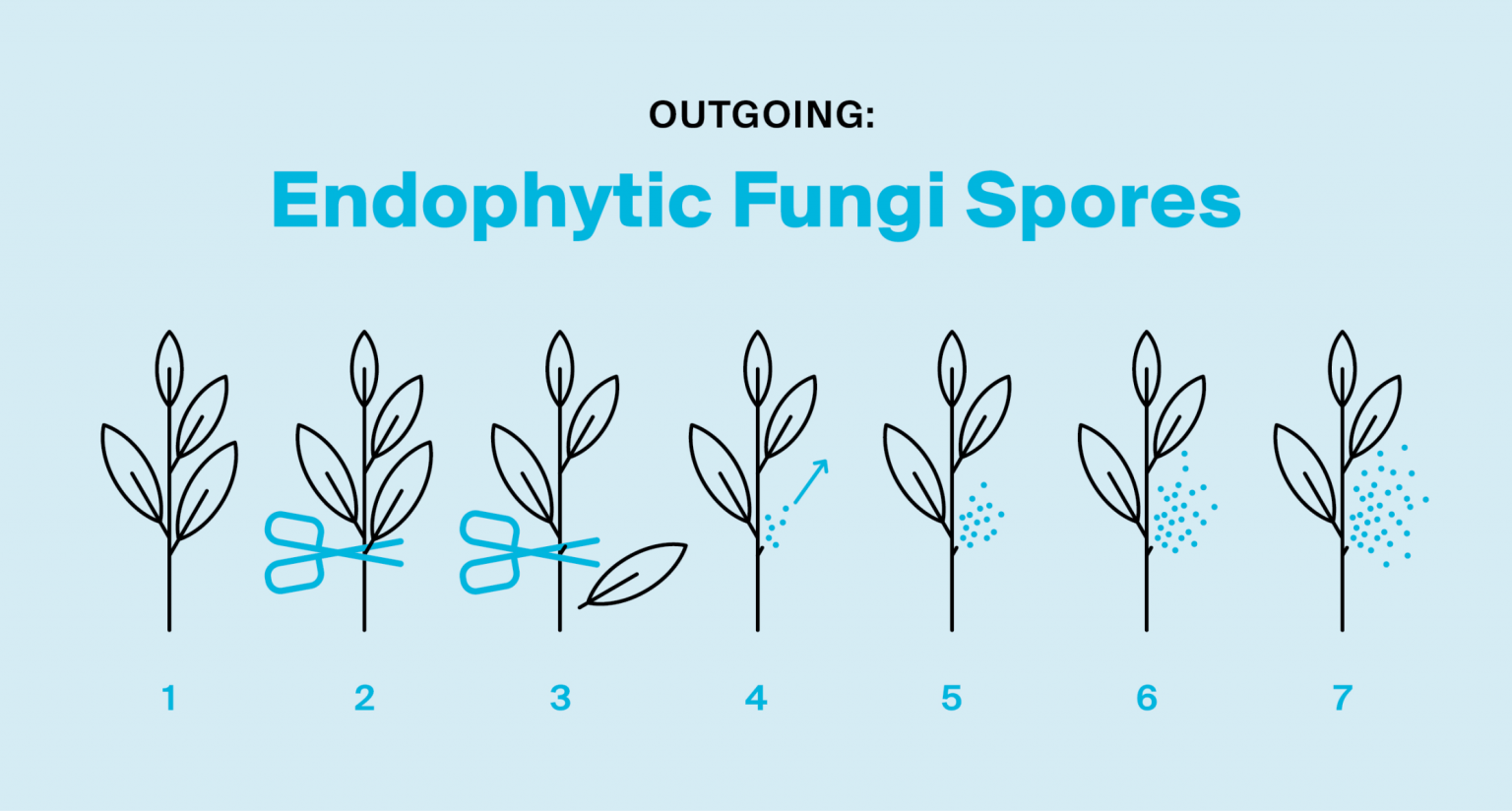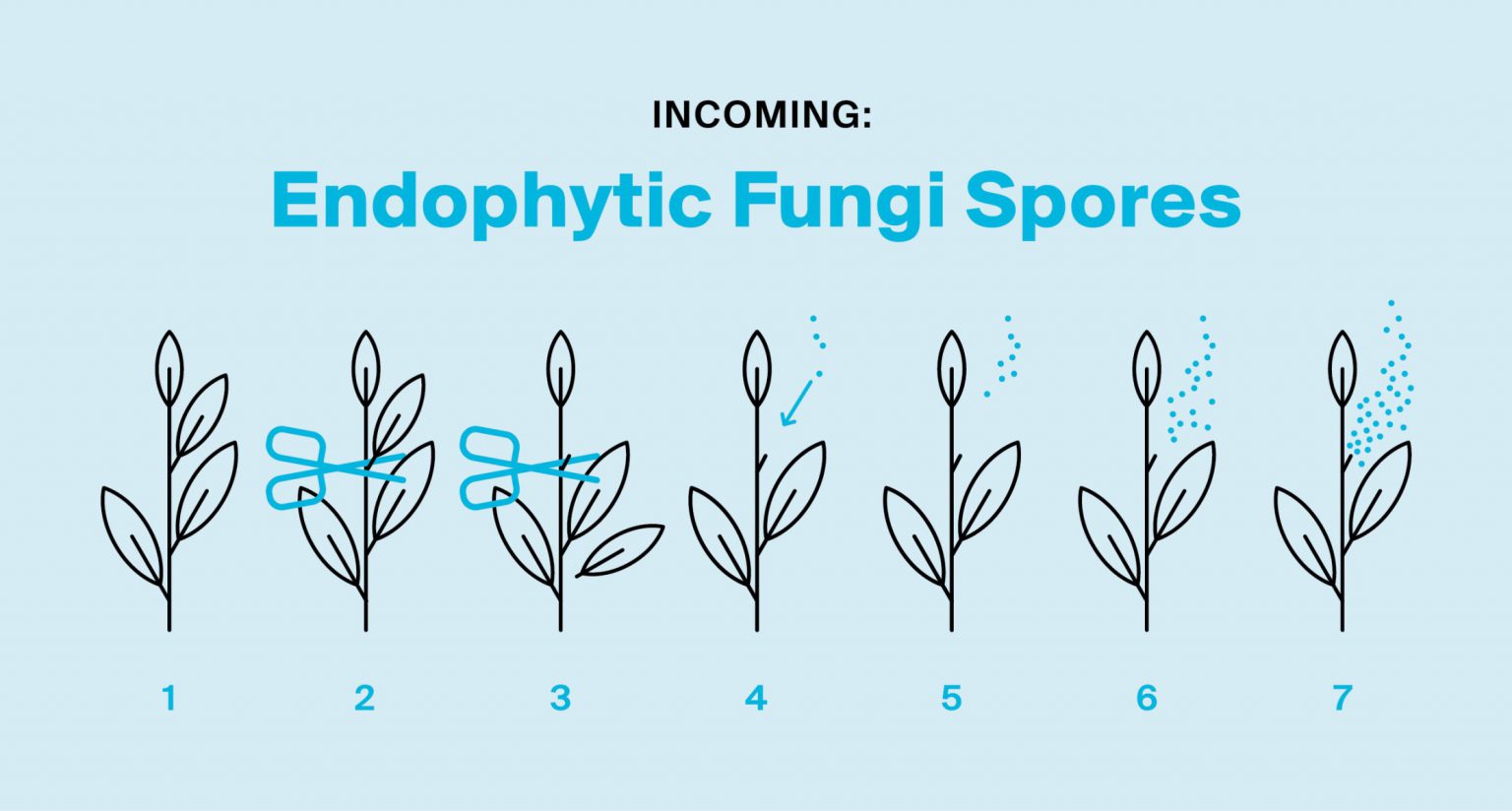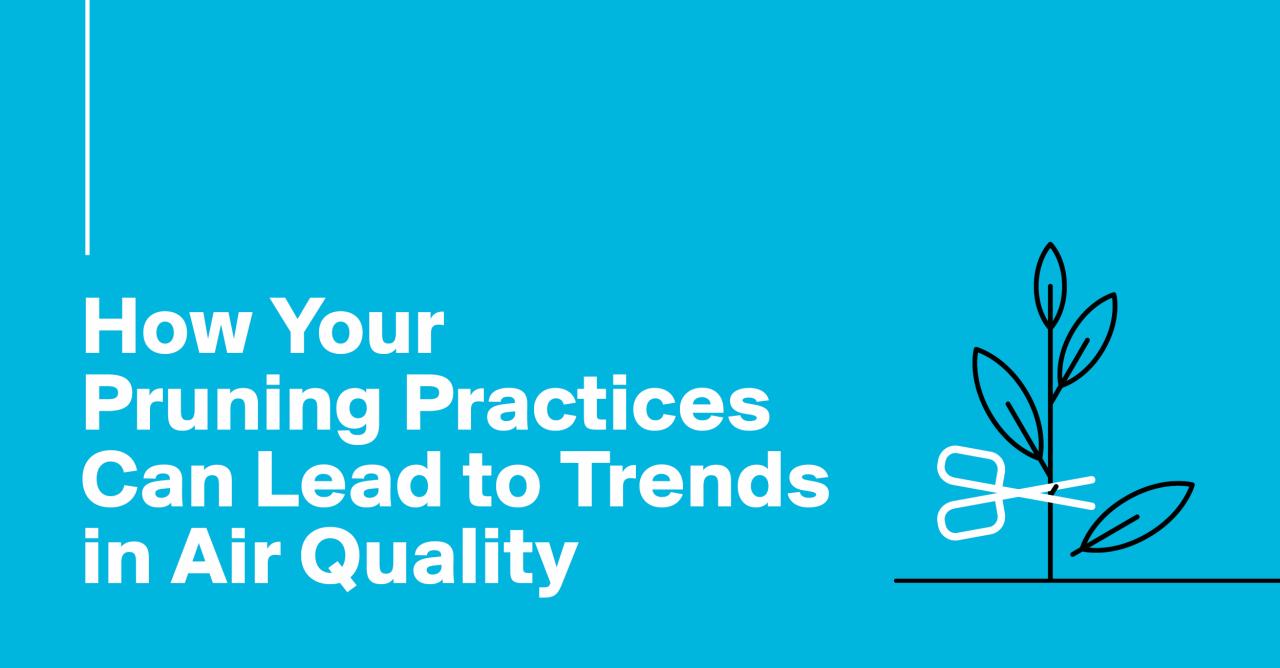Did you know that pruning practices can contribute to fungal cross-contamination issues? We all know that clean tools are a great way to prevent contamination, but unfortunately it’s not a silver bullet solution. From air-borne spores, to fungi pressure, to facility health, there’s a lot to dig into on today’s topic, so let’s dive right in…
Something’s in the Air
Let’s start with air quality. The utilization of a robust air sampling program helps to identify trends in air quality results by taking samples throughout the entire cultivation cycle of cannabis plants. These samples can provide data that includes multiple locations across the nation, multiple rooms at each location, and multiple cycles within each room. Results indicate that as flowering is triggered in plants, so too is the growth of Endophytic fungi – a nasty fungus that lives within a plant for at least part of its life cycle without causing apparent disease. Endophytic fungi leads to spikes in the concentration of spores in the air as the stress of flowering begins. Other responses from these stresses are seen during this transition period as well. Hermaphroditism, root rot, and several diseases are a common result.
While this may help explain the increase in fungi pressure (a specialized cell typical of many fungal plant pathogens that is used to infect host plants), the real question becomes… where are the spores coming from?

The Unfortunate Thing About Fungi
Some bad news: fungi can live within the cannabis plant. If you’re a cultivator, you might already know this. But what you might not know is that about 85 percent of all plant diseases are caused by fungi.
Since Endophytic fungi are living within the plant, you might be asking, “How is it that spores are released into the environment”? To answer this, I refer back to another trend seen in the air sampling of cannabis cultivation facilities.

During the bucking and/or trimming processes of post-harvest plants, each cut creates a wound site. The Endophytic fungi spores are delivered from those wounds. Since there are an enormous amount of wound sites created during these processes, an enormous amount of spores is released. The water generated by the wounded tissue helps keep the area hydrated, which is crucial for initiating and sustaining the plants’ wound healing process. Hydration supports the metabolism of cells involved in forming callus tissue and facilitating wound closure. This water spot becomes a prime location for contamination. Dirty pruning tools are bad, but air-borne fungal material (spores, mycelia, and hyphae) is worse. Any of these contaminants can easily land on the wound, and the water will help the spores stick to the opening, allowing direct access to plant tissue for inoculation.
When an infected plant is pruned, fungal material is released from that wound site. Meanwhile, other non-infected plants in the space are also being pruned and opening wound sites that are now available for inoculation. In effect, fungal material thus spreads from plant to plant through the air.

Reduce Stress for You and Your Plants
So now that we understand that spores are released from wound sites, what effects do you think you will see after pruning the canopy? Could it be that the act of pruning is causing spikes in air-borne spore concentration around Weeks 2-3 of the flower cycle? Now add the internal stress of flower production … is this combination the recipe that allows Endophytic fungi to thrive?
Endophytic fungi plays a major role in TY&M (Total Yeast & Mold) test results. Aspergillus strains are equally notorious culprits which form mycotoxin molds that also cause TY&M failures in several states. It’s important for cannabis cultivators to provide optimal growing conditions and minimize stress factors during the healing process to promote rapid and effective wound closure. Proper air flow with filtration, rigorous sanitation of pruning tools, careful handling of plants, and monitoring for signs of infection or stress can help ensure successful wound healing and overall plant health in sophisticated cultivation settings.
Since pollination is the primary function of flowers, they are incredibly good at collecting air-borne particles like fungal spores. As flowers mature, this ability is enhanced to even greater degrees. This indicates that the later pruning is done the more likely it will be that flowers catch viable fungal materials that can easily be detected with state regulated testing. Now, plant tenders can use air quality test results to aid in identifying and implementing the most advantageous pruning practices for every crop. Your plants will thank you by thriving under your care.

